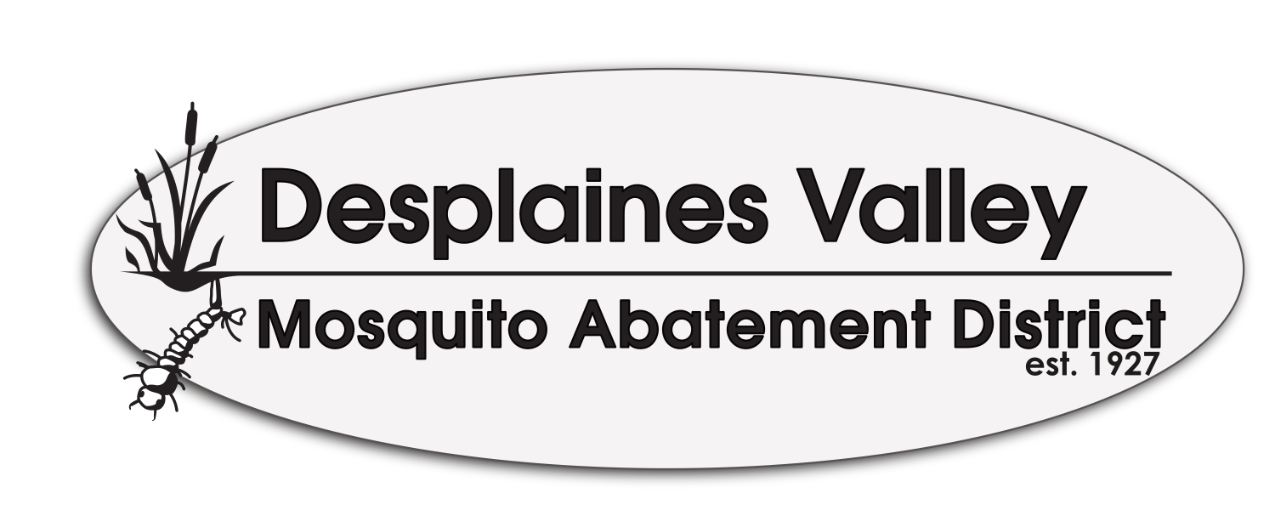Mosquito Info
Over 40 different species of mosquito are found in Illinois. While each species has its own developmental habitat, all
mosquitoes need water in which to pass their early life stages. Some mosquitoes lay their
eggs directly on the surface of water while others will lay their eggs in areas that will
eventually fill with water. Once conditions are right, they hatch into larvae. Mosquito larvae undergo four stages of growth and development
called instars. Larvae feed on organic material and microorganisms in the water and return
to the surface of the water to breathe. Larval development may be as rapid as 5-7 days at high temperatures.
After the larval stages are complete the larvae shed their skins and emerge
as pupae. Pupae are very active and dive if disturbed. Pupae
do not feed while they undergo metamorphosis to the adult stage. The adult mosquito
emerges from the pupal skin and rests on the water’s surface until it has dried off and is ready to fly.
Once conditions are right, they hatch into larvae. Mosquito larvae undergo four stages of growth and development
called instars. Larvae feed on organic material and microorganisms in the water and return
to the surface of the water to breathe. Larval development may be as rapid as 5-7 days at high temperatures.
After the larval stages are complete the larvae shed their skins and emerge
as pupae. Pupae are very active and dive if disturbed. Pupae
do not feed while they undergo metamorphosis to the adult stage. The adult mosquito
emerges from the pupal skin and rests on the water’s surface until it has dried off and is ready to fly.
Both male and female adult mosquitoes feed on plant nectar, but only the female bites to
get the blood needed for egg development. While some kinds of mosquitoes can
live several months, the main nuisance mosquitoes we have in this area usually survive
four weeks or less. Not all mosquito species can carry disease, nor are all mosquitoes vicious
biters. Some kinds of mosquito never bite humans. Mosquitoes also vary in the distances
they travel from the water they developed in. While some species will not stray more than a
block or two from their source, other's flight range can be 20 miles or more. The
great diversity between different species of mosquitoes makes their control more complex,
requiring a variety of approaches and methods. A short description of the most common mosquitoes is below.
They can have a great flight range of over 10 and even up to 20 miles. This means that even with a comprehensive mosquito control program in our area, following heavy rains other areas that lack sufficient control or preserve areas that treatment cannot be done will make a large population within our area of coverage possible. They are aggressive and active during the day.
They do not fly far from their breeding site, meaning that in order to minimize the risk of WNV in your area, reduce the sources of stagnant water on your property. Cover rain barrels, store containers upside-down, change bird baths, maintain swimming pools, dispose of tires, etc. Unfortunately, this is not done by all residents, meaning that even with a comprehensive mosquito control program, the population of these mosquitoes is always around. More details about these mosquitoes can be found on our West Nile Virus page.
